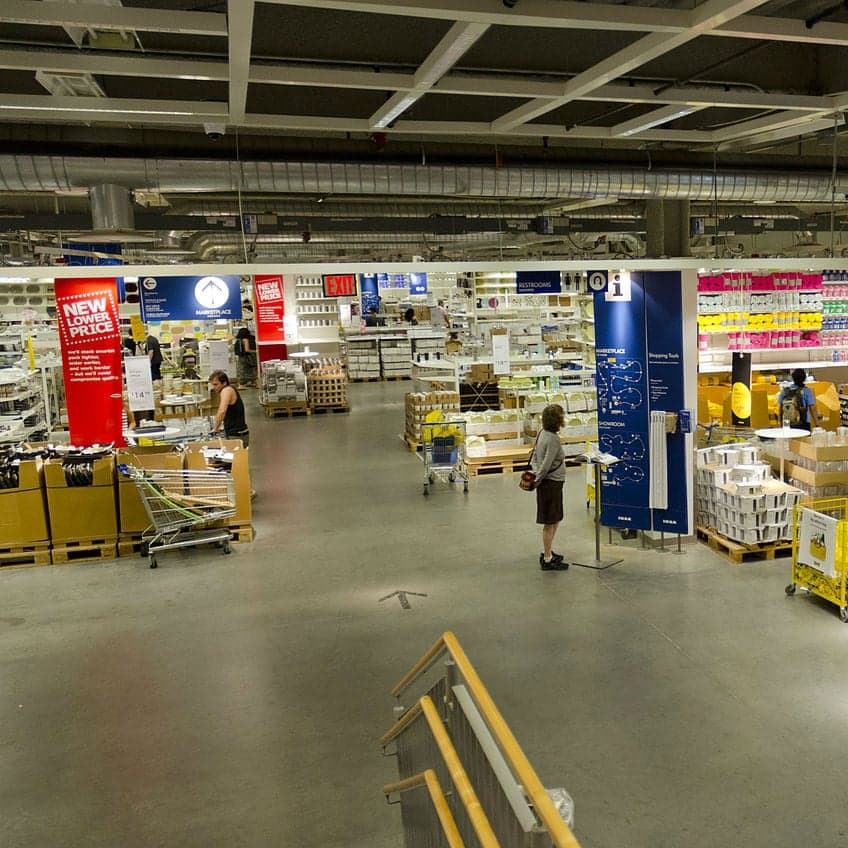Venezuela is in the midst of a political and economic disaster and has faced hyperinflation, an increasingly worthless physical currency, and heightening food and medicine shortages. Recently, Venezuela has turned to blockchain, and the cryptocurrency boom as a potential method to fund its debt and develop a stable currency. The Petro and Petro Gold have the potential to replace the bolivar, which was the countries primary currency in the past.
globalEDGE Blog - Page 84
Publish Date:
This is the fifth post in a five-part blog series focused on the consumer products industry.
Between 2002 and 2012, Latin America experienced impressive growth of its middle class as the incomes of the poor were rising at a faster rate than the incomes of the rich. Many consumer-packaged-goods (CPG) companies leveraged this progress as an opportunity to expand their products into Latin American markets and capitalize the middle class as a new customer base. However, the growth rates of poor incomes significantly slowed down after this “Golden Decade” due to economic crises and depression. The incomes of the rich continued to climb even higher, leading Latin America to be the most unequal region in the world. While the middle-class has expanded, it is certainly not thriving and has had relatively low purchasing power. This is why Latin Americans are focused more on saving and spending wisely, and the region's consumption trends highlight that people purchase CPGs heavily based on their perception of the product’s value.
Publish Date:
This is the fourth post in a five-part blog series focused on the consumer products industry.
The European consumer goods industry is in the process of a drastic transformation that could leave the industry looking unrecognizable in the next decade. A variety of forces are driving these developments, including market demographics, changing consumer preferences, new technology, and a changing regulatory landscape.
Publish Date:
This is the third post in a five-part blog series focused on the consumer products industry.
Companies in the consumer goods sector that are trying to expand may want to start looking to Asia. If a company successfully gains recognition in Asia it could mean a huge amount of profits, however, this is an extremely difficult market for foreign companies to penetrate. Because this region is experiencing income and economic growth, the people are able to do more and more discretionary spending. In Asia’s emerging economies, there is about $4 trillion in new spending and as the millennial generation gains income, there are many new first time spenders.
Publish Date:
This is the second post in a five-part blog series focused on the consumer products industry.
Adaptability, innovation, and differentiation are three important qualities consumer product (CP) companies must uphold in order to be successful in the ever-changing global market. The North American market upholds these ideas well through adapting technological improvements and having a good feel for the market climate. In turn with these abilities, the countries also work well with meeting the demands of their consumers, working through consolidating markets and executing strategies proficiently.
Publish Date:
This is the first post in a five-part blog series focused on the consumer products industry.
This month’s blog series will provide an overview of the consumer product industry and its future outlook, and then we will analyze the industry by region: North America, South America, Asia, and Europe. By the end of this week, these blogs will offer you a thorough summary of what’s happening in the consumer product industry and emphasize the importance of the industry in the global market.
Publish Date:
We’ve been hearing the words “Cultural Intelligence” everywhere we go lately. So what is cultural intelligence and why is it so important to global businesses?
Cultural intelligence is the ability for people, organizations, and businesses to relate to culturally diverse situations and work effectively in them. It is a vital aspect to international businesses because every country they are based in requires a different cultural approach and the ability to get well with the consumers you are working with. Global collaboration has become a significant aspect for the success of businesses and this cannot occur if businesses do not have the resources, knowledge, and talents of cultural IQ.
Publish Date:
MSU-CIBER and globalEDGE are excited to be part of the upcoming CCID conference in Scottsdale, Arizona. Through our Department of Education Title VIB grant, MSU-CIBER engages deeply in community college internationalization with a number of organizations, including CCID.
Publish Date:
Chewing-gum—from the baseball diamond to office workplaces, over 100,000 tons of gum is chewed per year around the world. Dating back to ancient times, different versions of gum have been used as a means of trade in Africa, stress relievers in Greece, and a construction material in Central America. To this day, chewing-gum continuous to hold its position as a popular commodity on our planet.
Publish Date:
2018 could be a very important year for the Chinese economy, with retail sales expected to exceed those of the United States this year. In the past, China’s economy has been largely supported by its manufacturing businesses, but now, there is a decline in manufacturing and an increase consumer spending and importing. Considering that China is the largest export economy for approximately 40 countries today, by the year 2030, many more countries may be relying on exporting to China. This includes the United States, who currently purchase almost 20% of China’s total exports. In fact, China currently buys over 20% of total sales from major companies such as Apple, Boeing, and General Motors. Many imports to China are coming from the United States, including approximately one out of every five cars sold in China. One factor that has contributed to the increased spending by Chinese consumers is the fact that there have been increases in their incomes.












